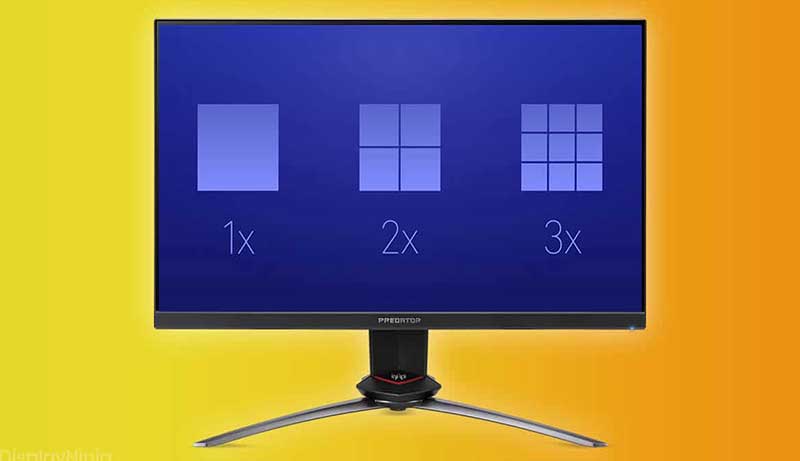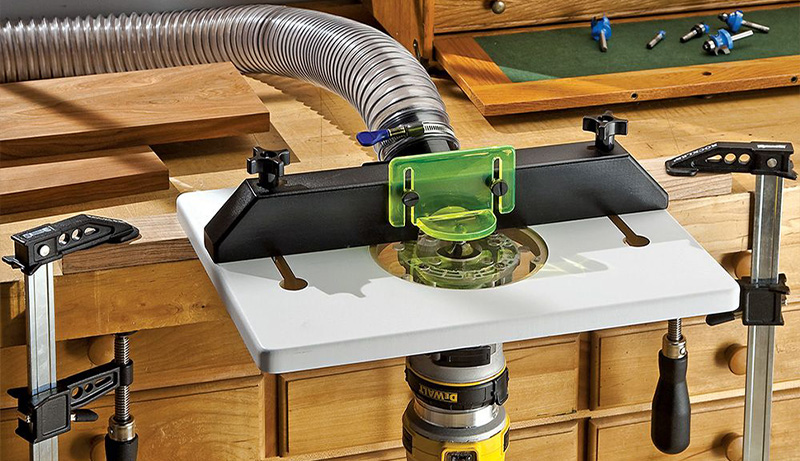Most of the time we perceive that the higher the PPI is the better. But this statement is not true. For instance, if you are using the monitor for attending online classes or doing research then you do not need a High PPI monitor. For this purpose, a low-density PPI is good for the monitor.
We have worked hard to find out what is a good PPI for a monitor for a specific job or task. Here we would describe all the findings. So stay with us and go through the article.
What is PPI

At first you have to understand exactly what is Pixel per Inch. PPI or pixel per inch is a measurement used to quantify a monitor’s display’s resolution. This statistic assesses the picture/image quality that a certain computing or output display device can provide.
The resolution of a digital picture or video display is measured in pixels per inch (PPI). A pixel is a small region of light or color on a screen or computer display.
PPI is a metric for determining the display resolution, or pixel density, of a computer monitor or screen. The metric is often used to describe the resolution of a digital picture.
A monitor or screen with a high PPI will provide a higher amount of detail. Similarly, a digital image with a high pixel count will include more detailed visual information and, as a result, will be able to be reproduced in greater forms without pixelation. In addition, you can check the recommendations for the PPI Monitor.
What is a Good PPI for a Monitor

You can not classify what is a good PPI for a monitor, because different work requires different PPI. The quality of the PPI can be measured by Pixel density. Pixel density refers to the number of pixels per inch (PPI) on a display.
The more detailed and expansive the image, the greater the pixel density. Displays with low pixel density, on the other hand, will have less screen space and fragmented image quality. Because of the increased pixel density, images with a higher PPI tend to be of higher quality.
However, exporting at 300 PPI is typically regarded as industry-standard quality. Because raising the PPI increases the size of your file, you should only utilize a high PPI when absolutely essential. Checking the External Monitor for Sony A7iii will be helpful as well.
For Work and School
All monitors will suffice for the workplace and school tasks. If you just open one window at a time, 75 PPI is more than enough. Multitasking necessitates a greater number of PPI. The more pixels your display has, the more screen space you have.
If you work with many programs at once, we recommend a monitor with a PPI of 95 to 110. Remember that your PPI should not be too high. A PPI greater than 140 reduces the size of text and icons to the point that they are no longer readily visible.
For Gaming
If you’re searching for a gaming monitor, high pixel density necessitates high screen resolution, which necessitates greater processing power and so affects the frame rate.
The ideal PPI for gaming is determined by the type of game and the size of the screen. Every gamer needs an average of 95 to 110 PPI. This helps you to view the game’s intricacies without everything being grainy.
A higher PPI is a fantastic choice for open-world games. Take, for example, GTA V. With a high PPI, the buildings appear crisper from a distance.
Furthermore, certain applications may not scale effectively. For example, if you have a 27′′ 4K monitor (163 PPI), 150 percent scaling may be great for you, however, some programs would only scale to 100 percent or 200 percent.
PPI for Photo Editing
Zooming in on the finest elements to edit properly is an essential component of picture editing. If the monitor has a low density then you will not see a clear picture while zooming. With a high PPI, you can perform the necessary pixel changes.
Even going through all the graphics work is very convenient. This allows you to identify even the slightest flaws in your creations and fine-tune the colors and shadows.
If you are doing video editing and other graphics work, then it is a must to have a higher density Pixel per inch. This will increase the quality of the work and you will get a great result.
Final Words

The number of pixels per inch (PPI) utilized to generate the print is a significant component in print quality. The greater the number of pixels per inch, the finer the detail in the print and the sharper it will seem.
But we suggest not to go for high-density PPI if you do not need it or if the work does not require it. So according to the work and job, pick the right PPI for a monitor.





Leave a Reply